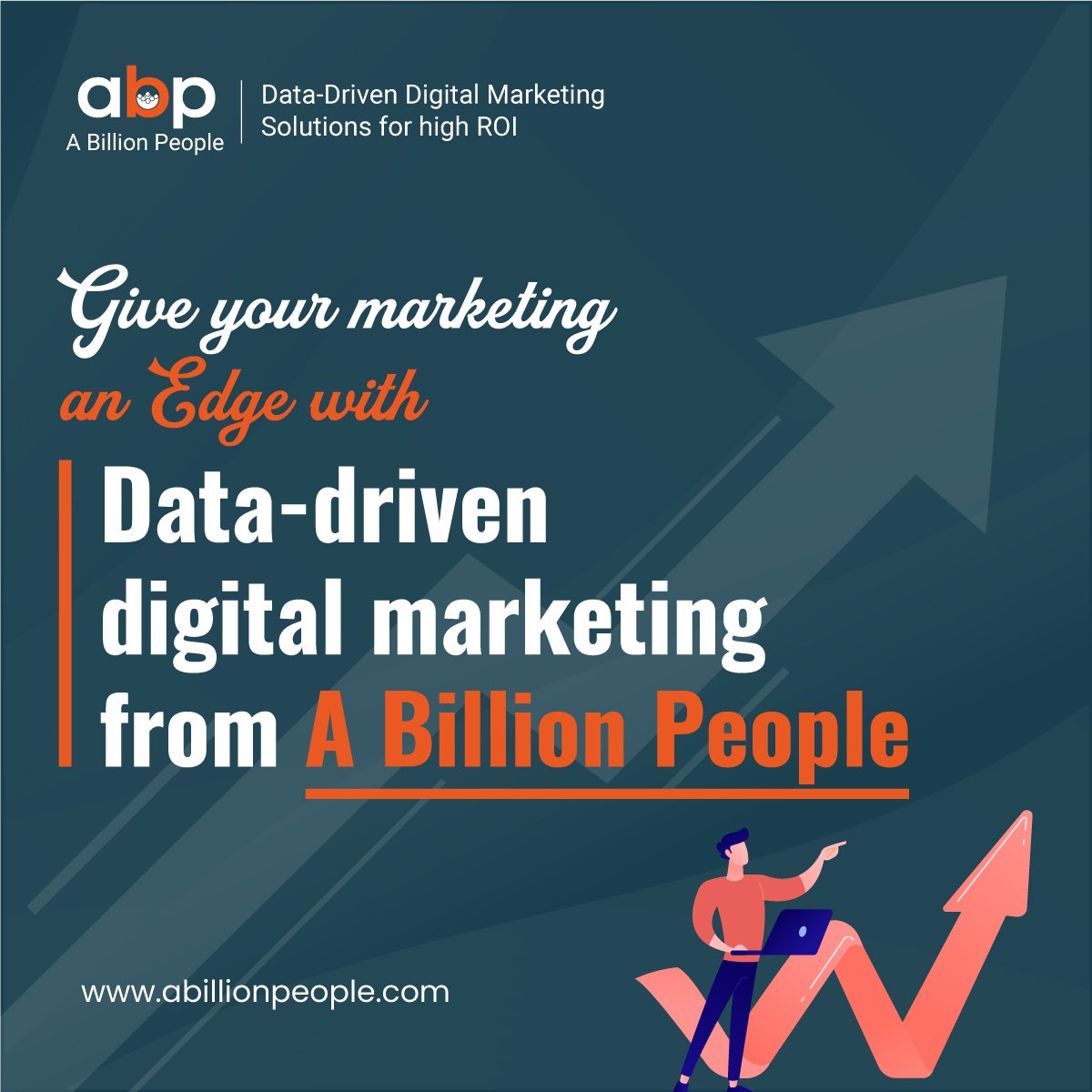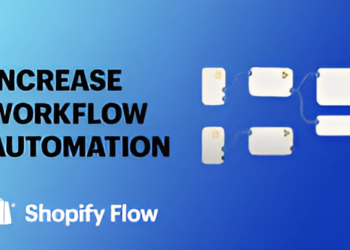“A picture is worth a thousand words.” – Fred R. Barnard
Introduction
In the fast-paced digital world, where inboxes are bombarded with countless emails every day, making a memorable impression can be a daunting task. Email marketing remains a powerful tool, but with its prevalence comes the challenge of standing out. Imagine your email as a crowded street filled with people. To get noticed, you need more than just a loud voice; you need something that draws eyes and captures attention instantly. This is where visuals come into play. They are not just embellishments but essential elements that can transform your email campaigns from ordinary to extraordinary. This blog delves into the immense power of incorporating graphics into your emails, exploring how visuals can elevate your message, engage your audience, and drive results.
The Importance of Visuals in Email Campaigns
Visuals are not mere decorations—they are the heartbeat of an engaging email. Here’s why they are crucial:
1. Capturing Attention
In a cluttered inbox, grabbing the recipient’s attention is half the battle won. Studies show that emails featuring compelling visuals see higher open rates and click-through rates. Visuals, such as vibrant images or striking graphics, act as beacons in the sea of text, instantly pulling readers in. Think of visuals as your email’s secret weapon; they slice through the noise and draw the eye, making your email stand out.
2. Conveying Information Efficiently
Ever tried reading a dense block of text and felt overwhelmed? Visuals can simplify and clarify. Infographics, for instance, take complex data and present it in a way that’s not just easy to understand but also engaging. They break down intricate information into bite-sized, visually appealing pieces, making it easier for readers to grasp key points quickly. This efficiency is crucial in email marketing, where brevity and clarity are key to holding a reader’s interest.
3. Evoking Emotional Responses
Humans are emotional creatures, and visuals can tap into these feelings like nothing else. A powerful image can evoke joy, excitement, or empathy, creating a deeper connection with your audience. This emotional engagement can drive actions—like clicking a link or making a purchase—by creating a memorable and impactful experience. For example, a heart-warming photo of a satisfied customer can be more persuasive than a list of features and benefits.
4. Enhancing Brand Identity
Consistency is key to building a recognizable brand. Visuals play a significant role in this. By using brand-specific colours, fonts, and design elements, your emails can reinforce your brand’s identity and make your messages instantly recognizable. This not only helps in building trust but also in making your brand more memorable to your audience. Think of visuals as your brand’s visual signature, ensuring that every email you send leaves a lasting impression.
Types of Visuals to Incorporate
To fully harness the power of visuals in your email campaigns, consider these types:
1. Images
Images are perhaps the most direct way to enhance your emails. They can showcase products, highlight features, or set a specific mood. High-quality images not only make your emails more engaging but also offer a clear view of what’s being promoted. For an e-commerce business, this means high-resolution photos that entice and convince. Imagine browsing through an email where you see a stunning image of a new product—you’re much more likely to click through and learn more.
2. Infographics
Infographics are your go-to for presenting complex information in a digestible format. They blend graphics with text to convey data, trends, or insights in a way that’s both informative and visually engaging. Whether you’re summarizing a report or showcasing a new study, infographics make it easy for your readers to absorb and remember the key points. They turn boring stats into compelling stories that capture attention.
3. Videos
Videos bring a dynamic element to your emails. They are perfect for demonstrations, tutorials, or personalized messages. A well-crafted video can convey more emotion and detail than static visuals alone. However, remember to optimize your video content for email—large files can slow down loading times, so using a video thumbnail with a play button can entice clicks without bogging down performance.
4. GIFs
GIFs add a touch of fun and movement to your emails. They can highlight key features, draw attention to a call-to-action, or simply entertain. Their animated nature can make your emails more engaging and lively. For instance, a GIF showing a product in action or illustrating a process can make your message more dynamic and memorable.
5. Icons
Icons are simple yet effective tools for streamlining information and guiding readers. They can denote actions like sharing or shopping and help organize content in a clean and navigable layout. Icons add a layer of clarity and functionality, making your emails easier to scan and understand at a glance.
Best Practices for Using Visuals
To ensure your visuals are enhancing rather than detracting from your emails, follow these best practices:
1. Relevance
Make sure your visuals are relevant to your message. An image or graphic that doesn’t align with your content can confuse or mislead recipients. Each visual should complement and support the message of your email, whether it’s highlighting a product, emphasizing a promotion, or reinforcing a call-to-action.
2. Quality
High-quality visuals are essential for maintaining professionalism. Avoid pixelated or poorly edited images, which can detract from your credibility. Invest in high-resolution images and ensure they are well-composed and polished. Quality visuals reflect the quality of your brand and can significantly influence how your email is perceived.
3. Loading Times
Optimize your visuals to ensure they load quickly. Large file sizes can slow down email loading times, potentially frustrating recipients. Compress images and choose appropriate file formats to maintain a balance between quality and speed. Tools and plugins can help you manage this, ensuring that your emails are both visually appealing and performant.
4. Mobile Optimization
With many people checking emails on their phones, mobile optimization is crucial. Ensure that your visuals look great on all screen sizes by using responsive design techniques. Test your emails across different devices to make sure images and graphics are displayed properly and maintain their impact.
5. Accessibility
Make your visuals accessible to everyone. Include alt text for images so that visually impaired recipients can understand the content through screen readers. Ensure sufficient colour contrast for readability and don’t rely solely on colour to convey information. Accessible design ensures that your email is inclusive and engaging for all recipients.
Crafting Effective Visuals
To make the most of your visuals, focus on these aspects:
1. Consistent Branding
Your visuals should align with your brand’s identity. Use consistent colours, fonts, and design elements to create a cohesive look. Consistent branding builds recognition and trust, making your emails easily identifiable and reinforcing your brand’s presence.
2. Call-to-Action (CTA)
Make your CTA stand out with compelling visuals. Whether it’s a button, banner, or image, ensure it grabs attention and clearly communicates the desired action. A well-designed CTA can significantly boost conversion rates by guiding recipients towards taking the action you want.
3. Visual Hierarchy
Create a clear visual hierarchy to guide readers through your content. Use size, colour, and placement to emphasize important elements and direct attention where it’s needed most. A well-organized visual hierarchy helps readers navigate your email more effectively and ensures that your key messages are communicated clearly.
4. A/B Testing
Use A/B testing to determine which visuals resonate best with your audience. Experiment with different images, layouts, and designs to find out what drives the highest engagement and conversions. Analysing the results will give you insights into your audience’s preferences and help refine your visual strategy for better results.
Analysing the Impact of Visuals
To understand the effectiveness of your visuals, consider these approaches:
1. Engagement Metrics
Monitor key metrics like open rates, click-through rates, and conversion rates to gauge how visuals impact reader behaviour. Look for patterns and correlations between visual elements and engagement levels to identify what works and what needs improvement.
2. Feedback
Seek feedback from your audience to gain insights into their perceptions of your visuals. Surveys, polls, or direct responses can provide valuable information on how your visuals are received and what changes might enhance their effectiveness. Use this feedback to continually refine your visual strategy.
Conclusion
Incorporating graphics into your email campaigns is not just a strategy—it’s an art. Effective visuals can captivate, inform, and persuade your audience in ways that text alone often cannot. By understanding the different types of visuals, adhering to best practices, and continuously evaluating their impact, you can harness the full potential of visual content to elevate your email marketing efforts. Remember, in the world of email marketing, where every message competes for attention, visuals can be the difference between an email that gets opened and one that gets ignored. So, as you craft your next campaign, think beyond the text and embrace the power of visuals to create a memorable and impactful experience for your audience.


















